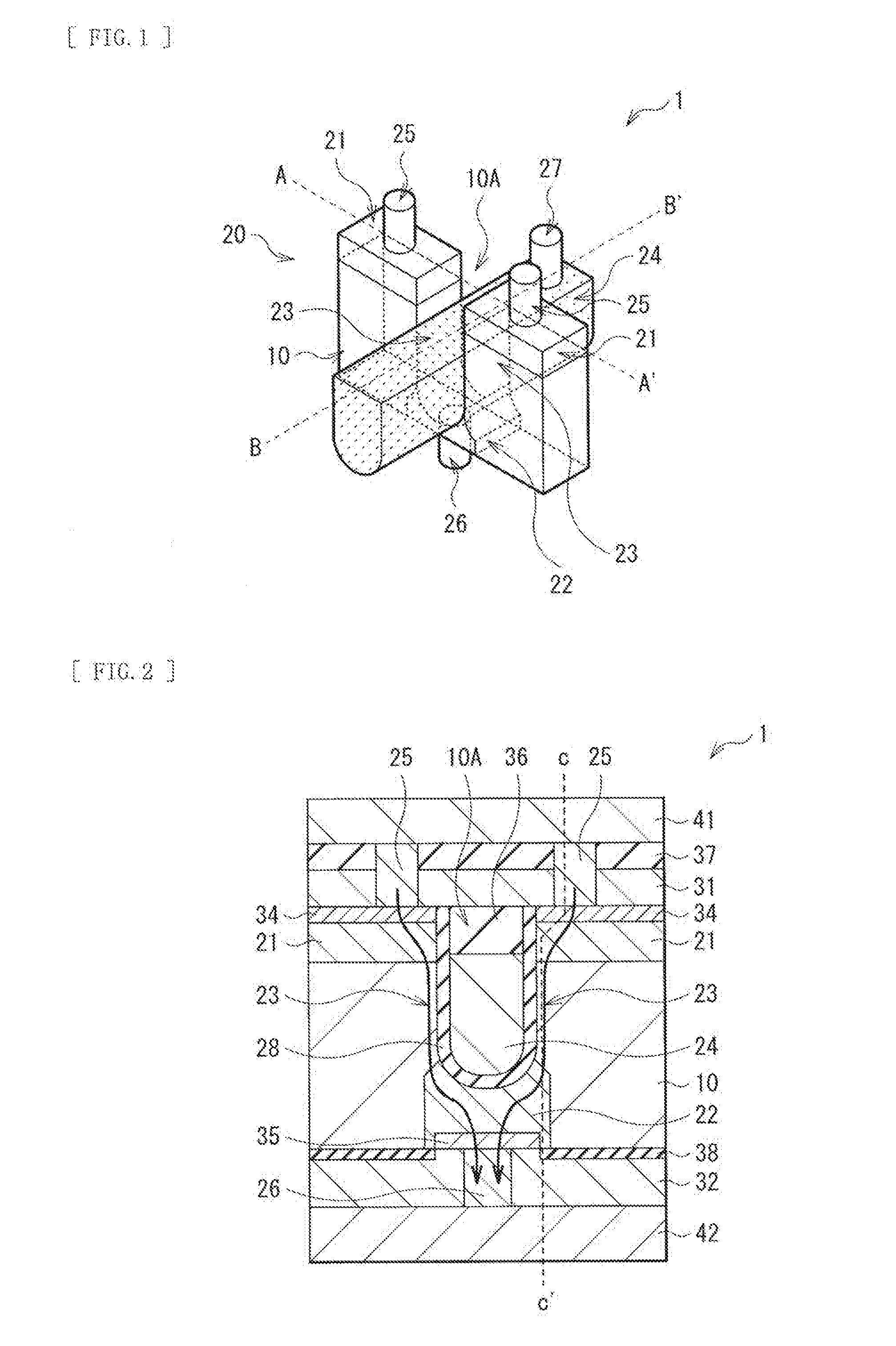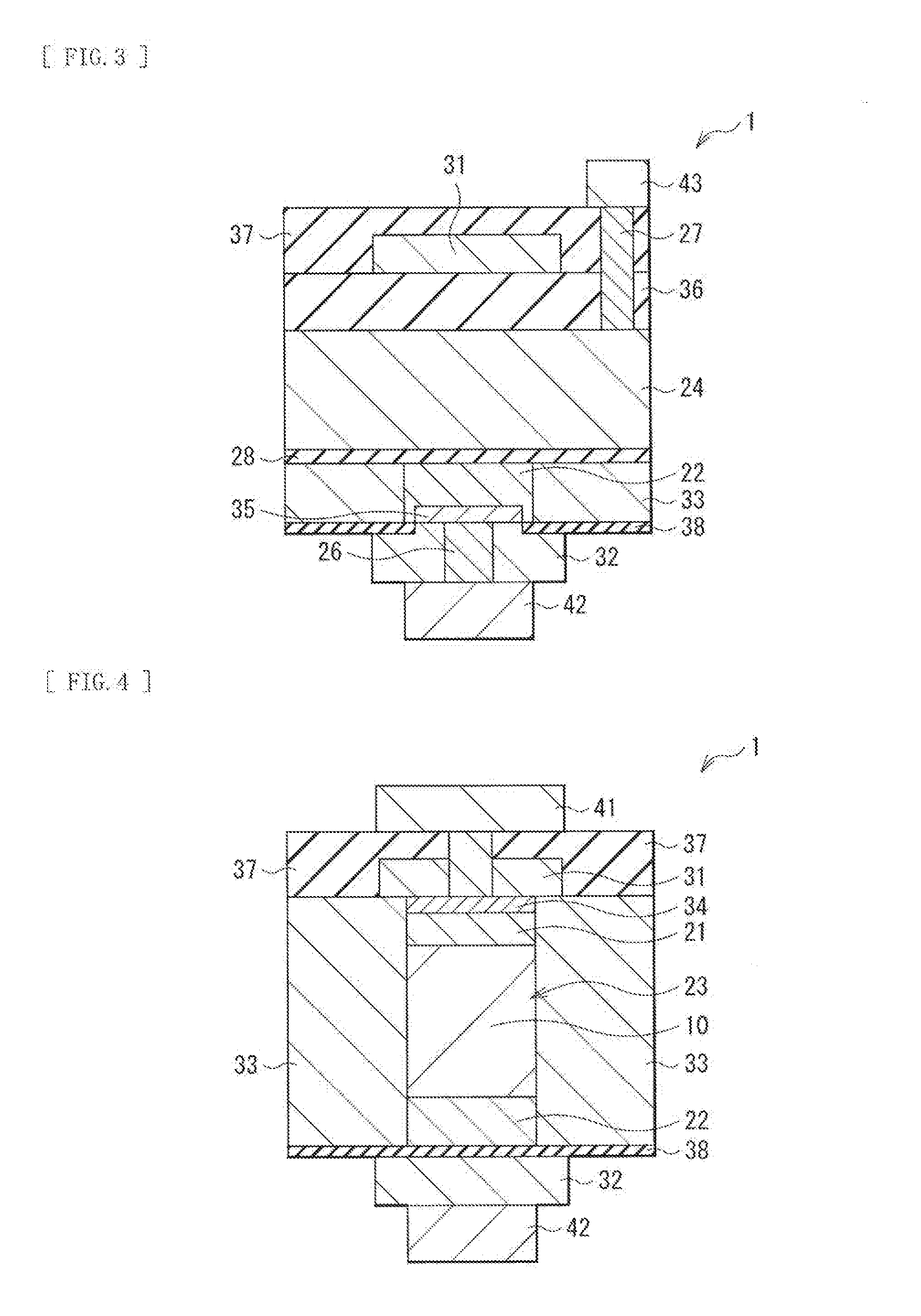Semiconductor device, memory circuit, method of manufacturing semiconductor device
a memory circuit and semiconductor technology, applied in the direction of semiconductor devices, electrical appliances, basic electric elements, etc., can solve the problems of major leakage current and increase in leakage current, and achieve the effect of improving transistor characteristics, improving transistor characteristics, and increasing channel length and channel width
- Summary
- Abstract
- Description
- Claims
- Application Information
AI Technical Summary
Benefits of technology
Problems solved by technology
Method used
Image
Examples
first embodiment (
1. First Embodiment (Semiconductor Device)
2. Modification Examples of First Embodiment (Semiconductor Device)
second embodiment (
3. Second Embodiment (Memory Circuit)
4. Modification Examples of Second Embodiment (Memory Circuit)
first embodiment
1. First Embodiment
Configuration
[0085]FIG. 1 illustrates a perspective configuration of a semiconductor device 1 according to a first embodiment of the technology. FIG. 2 illustrates an example of a cross-sectional configuration taken along a line A-A′ of FIG. 1 of the semiconductor device 1. FIG. 3 illustrates an example of a cross-sectional configuration taken along a line B-B′ of FIG. 1 of the semiconductor device 1. FIG. 4 illustrates an example of a cross-sectional configuration taken along a line C-C′ of FIG. 2 of the semiconductor device 1. The semiconductor device 1 includes a semiconductor layer 10 and a transistor 20 that is formed in the semiconductor layer 10.
(Transistor 20)
[0086]The transistor 20 is a buried gate vertical transistor. The transistor 20 may be a p-type MOS transistor or an n-type MOS transistor. The transistor 20 includes two source-drain sections 21, a source-drain section 22, a channel section 23, a gate section 24, an electrode section 25, an electrode...
PUM
 Login to View More
Login to View More Abstract
Description
Claims
Application Information
 Login to View More
Login to View More - R&D
- Intellectual Property
- Life Sciences
- Materials
- Tech Scout
- Unparalleled Data Quality
- Higher Quality Content
- 60% Fewer Hallucinations
Browse by: Latest US Patents, China's latest patents, Technical Efficacy Thesaurus, Application Domain, Technology Topic, Popular Technical Reports.
© 2025 PatSnap. All rights reserved.Legal|Privacy policy|Modern Slavery Act Transparency Statement|Sitemap|About US| Contact US: help@patsnap.com



